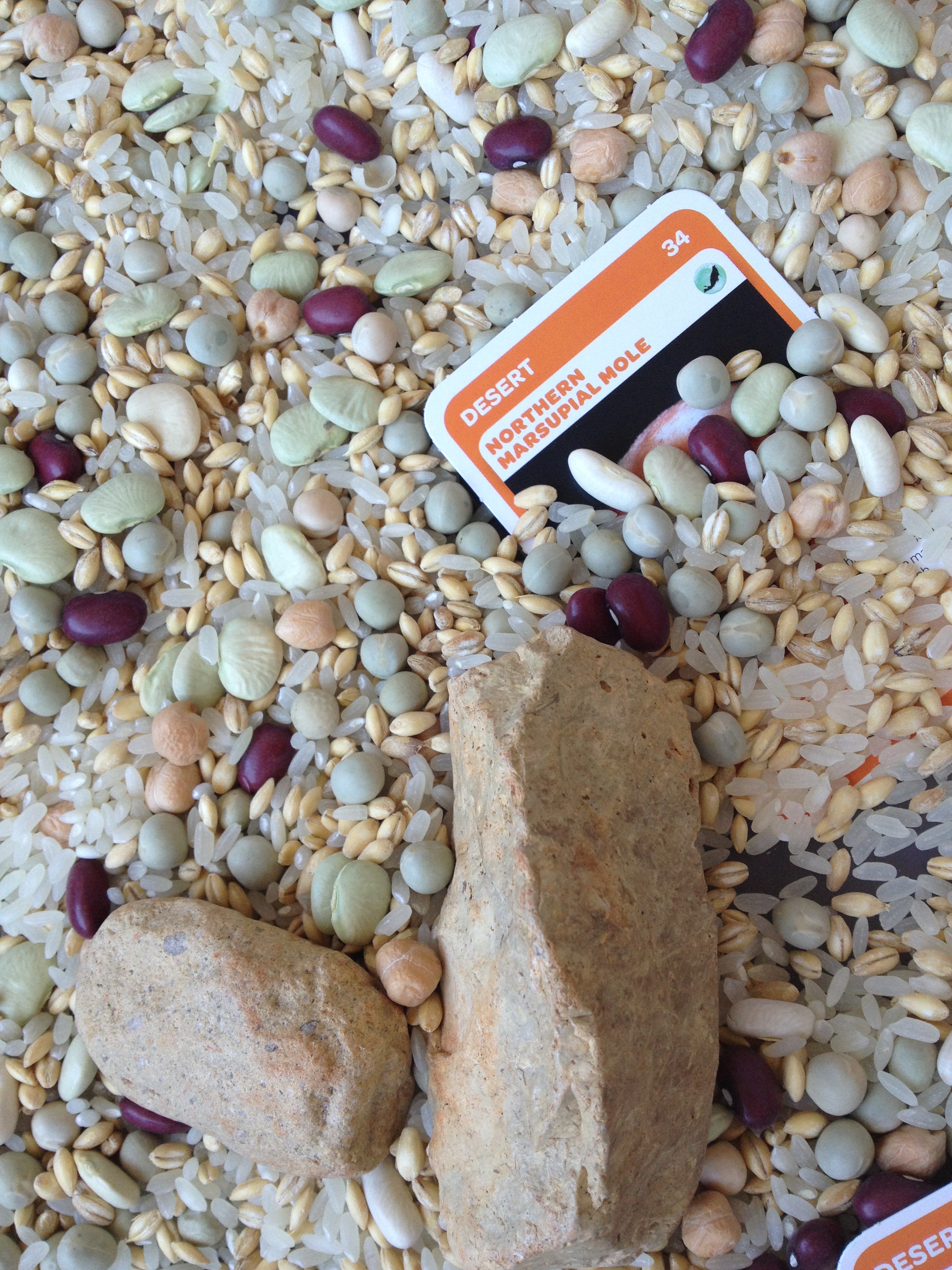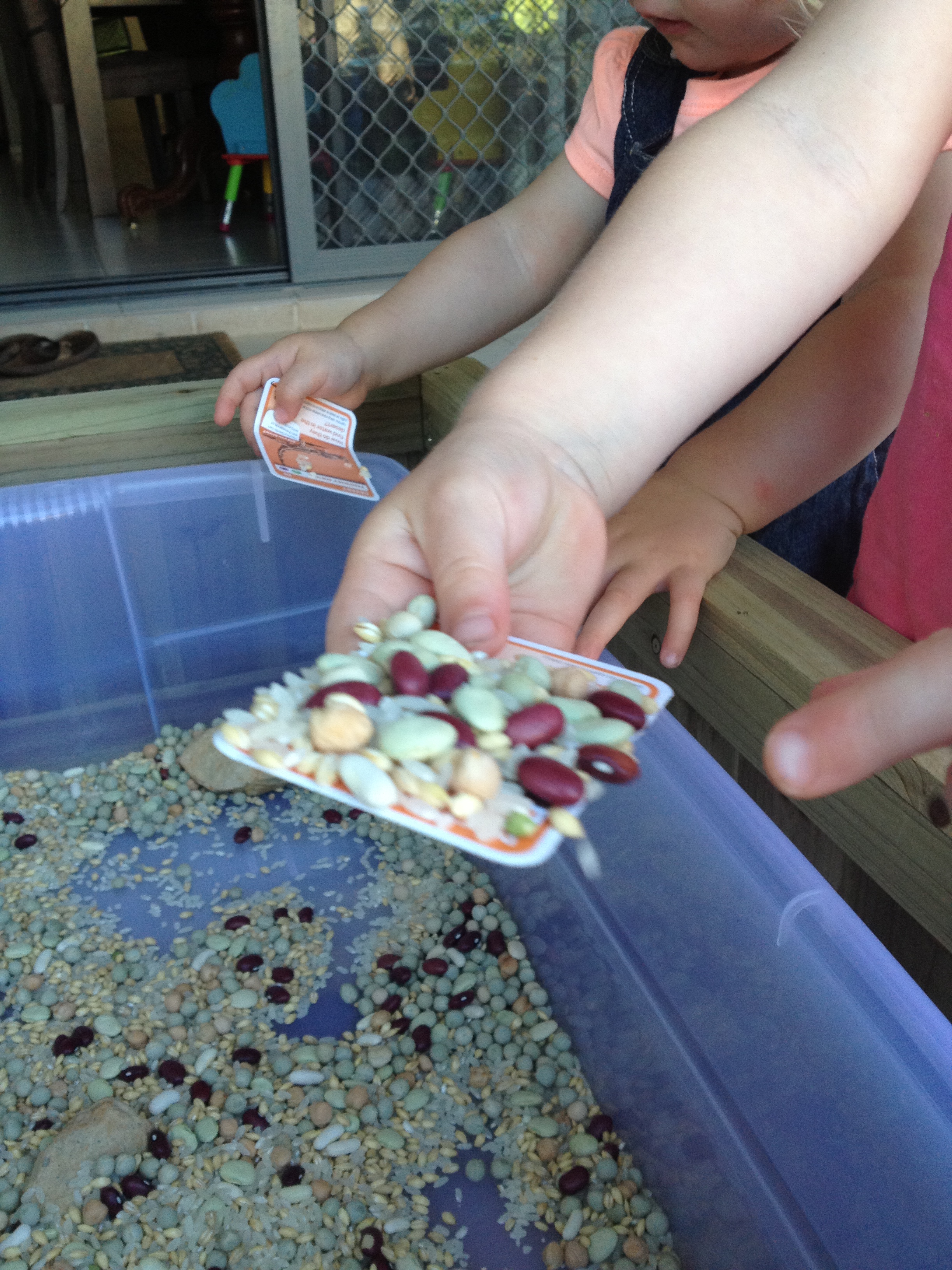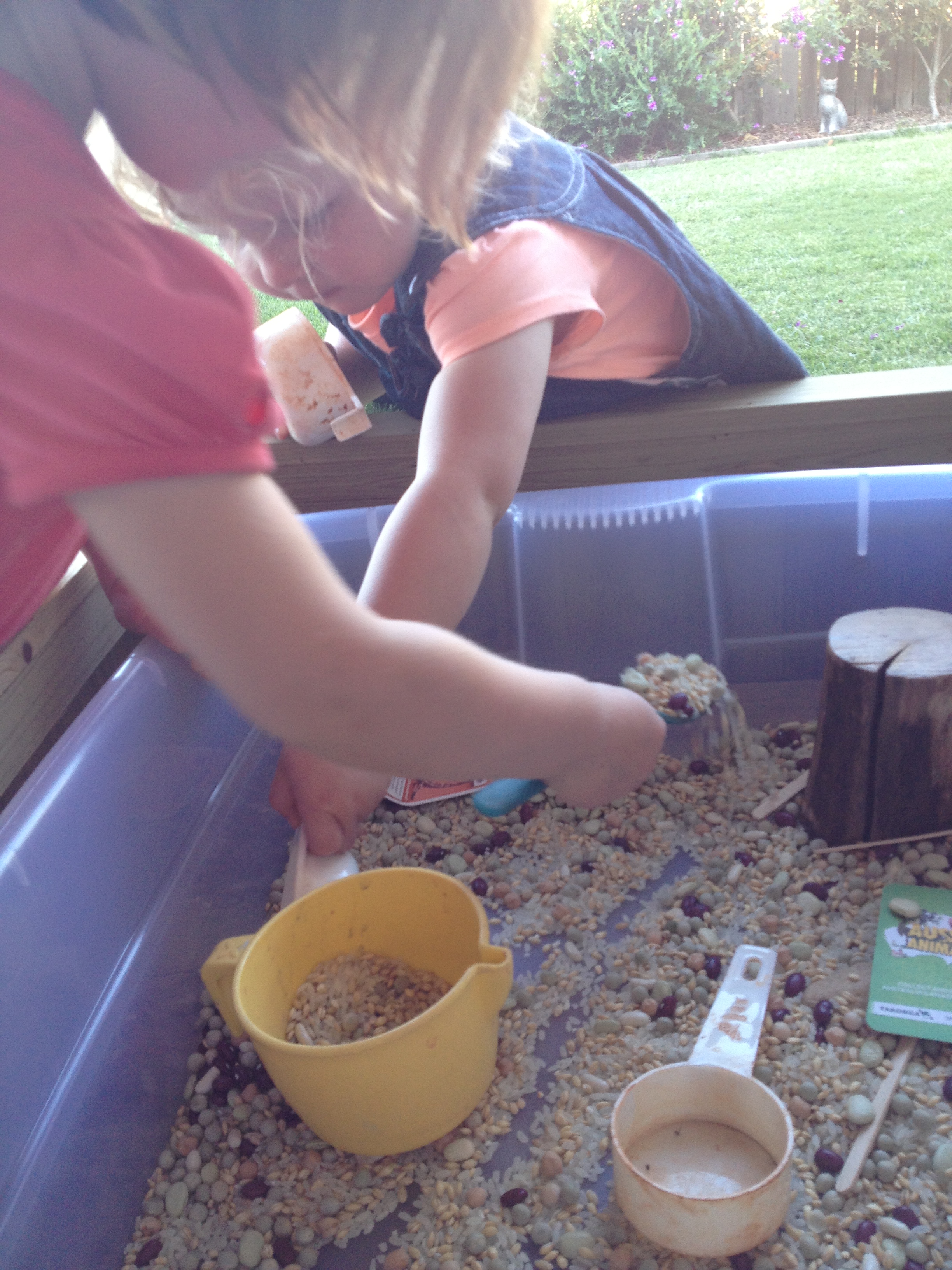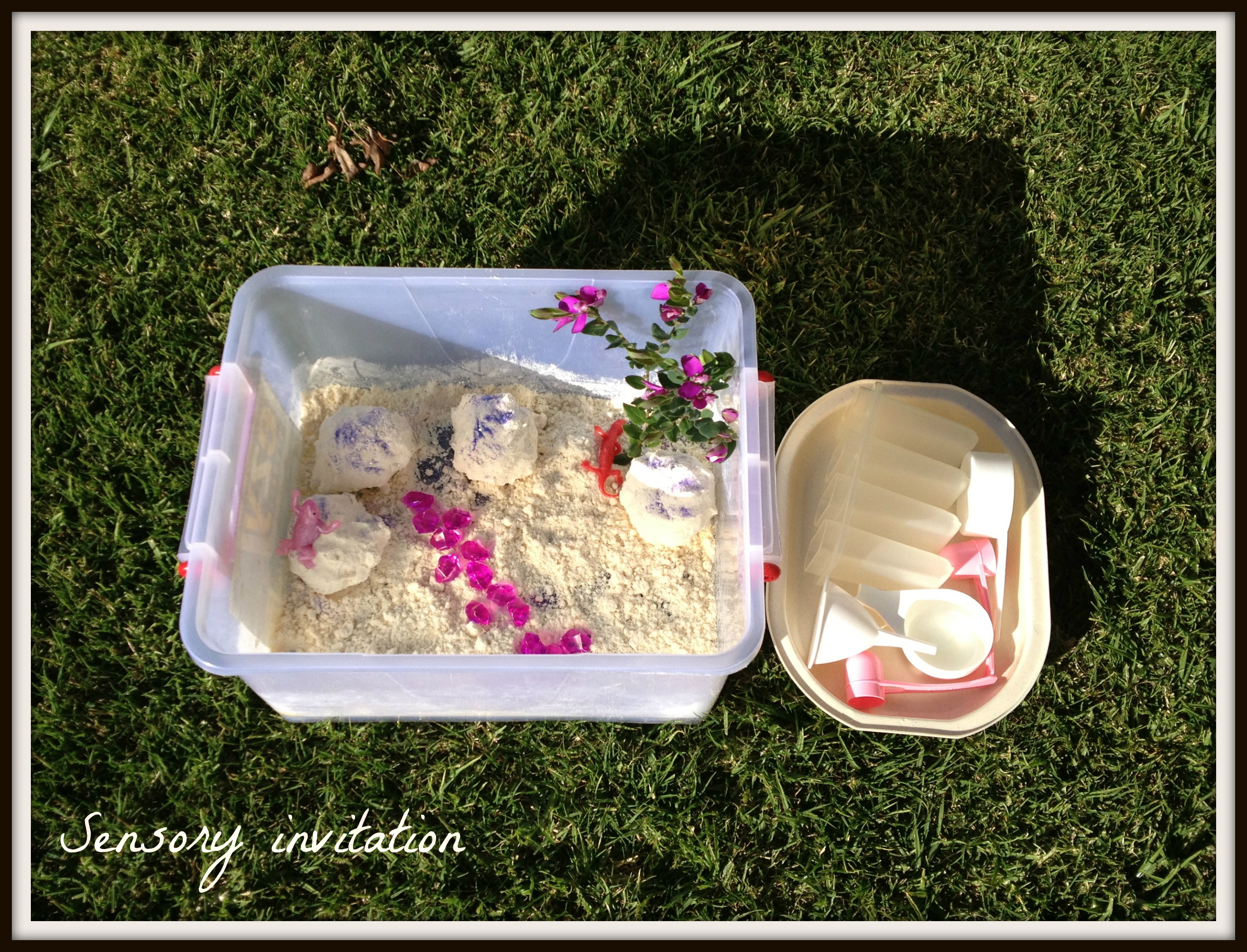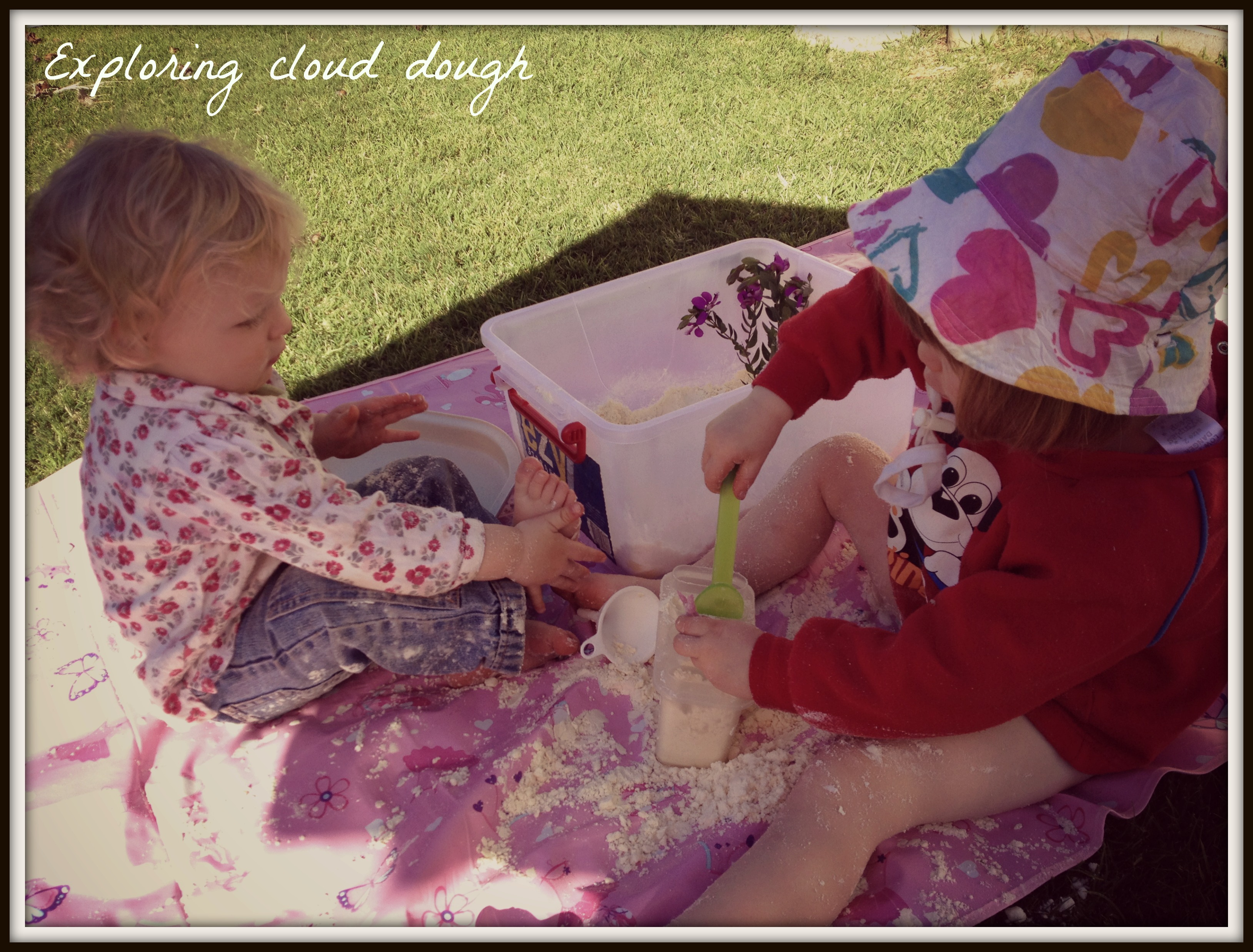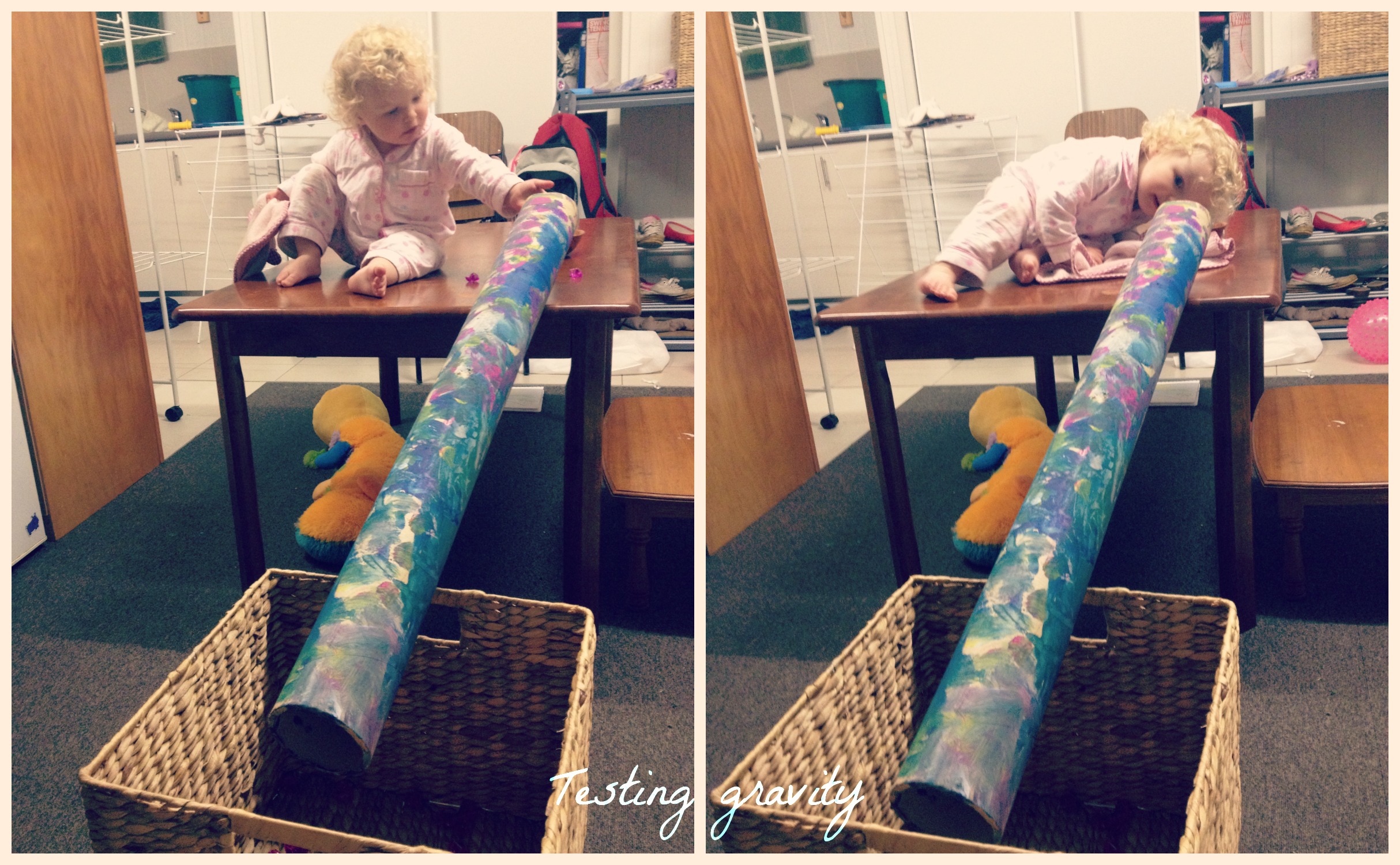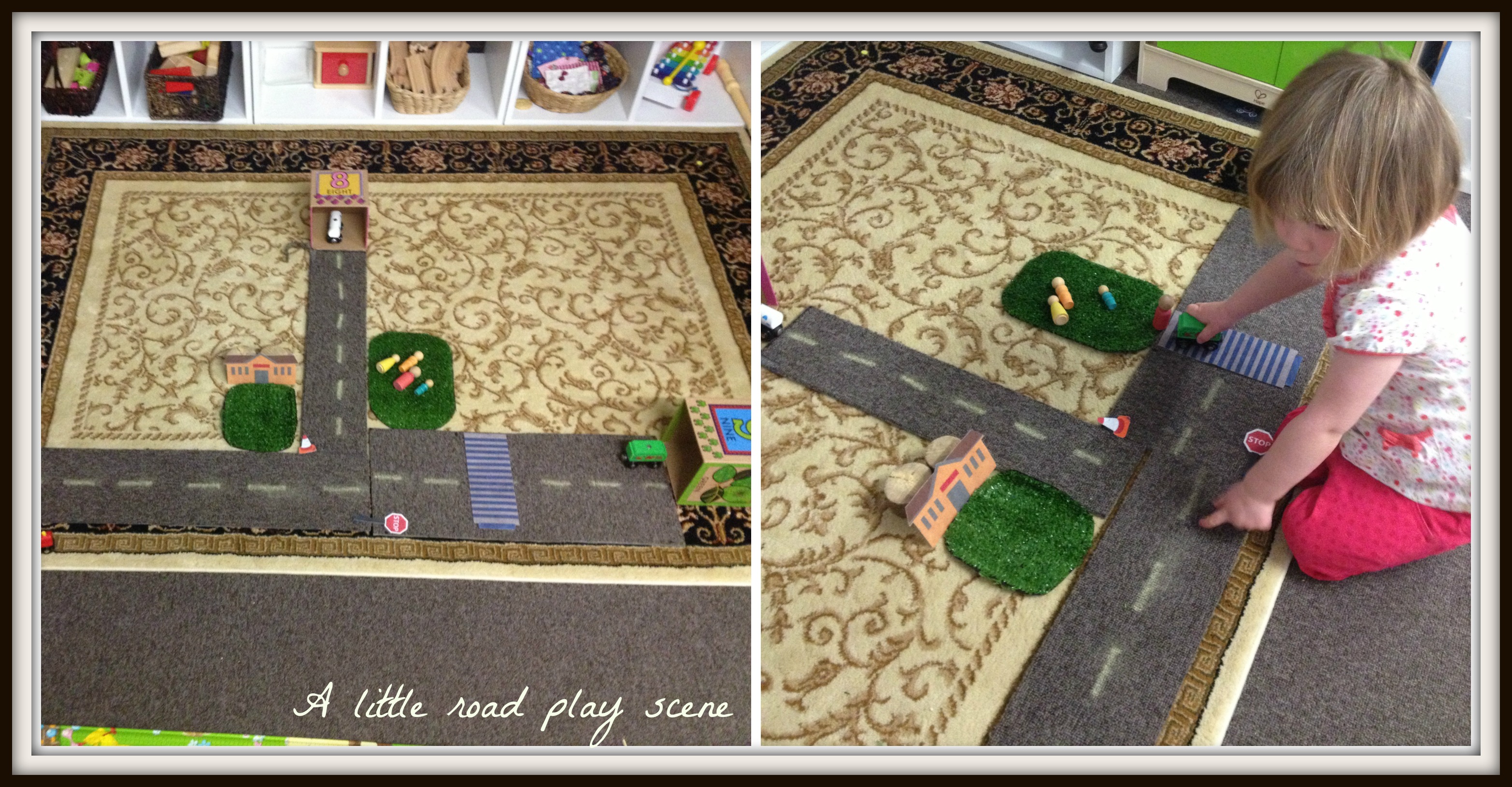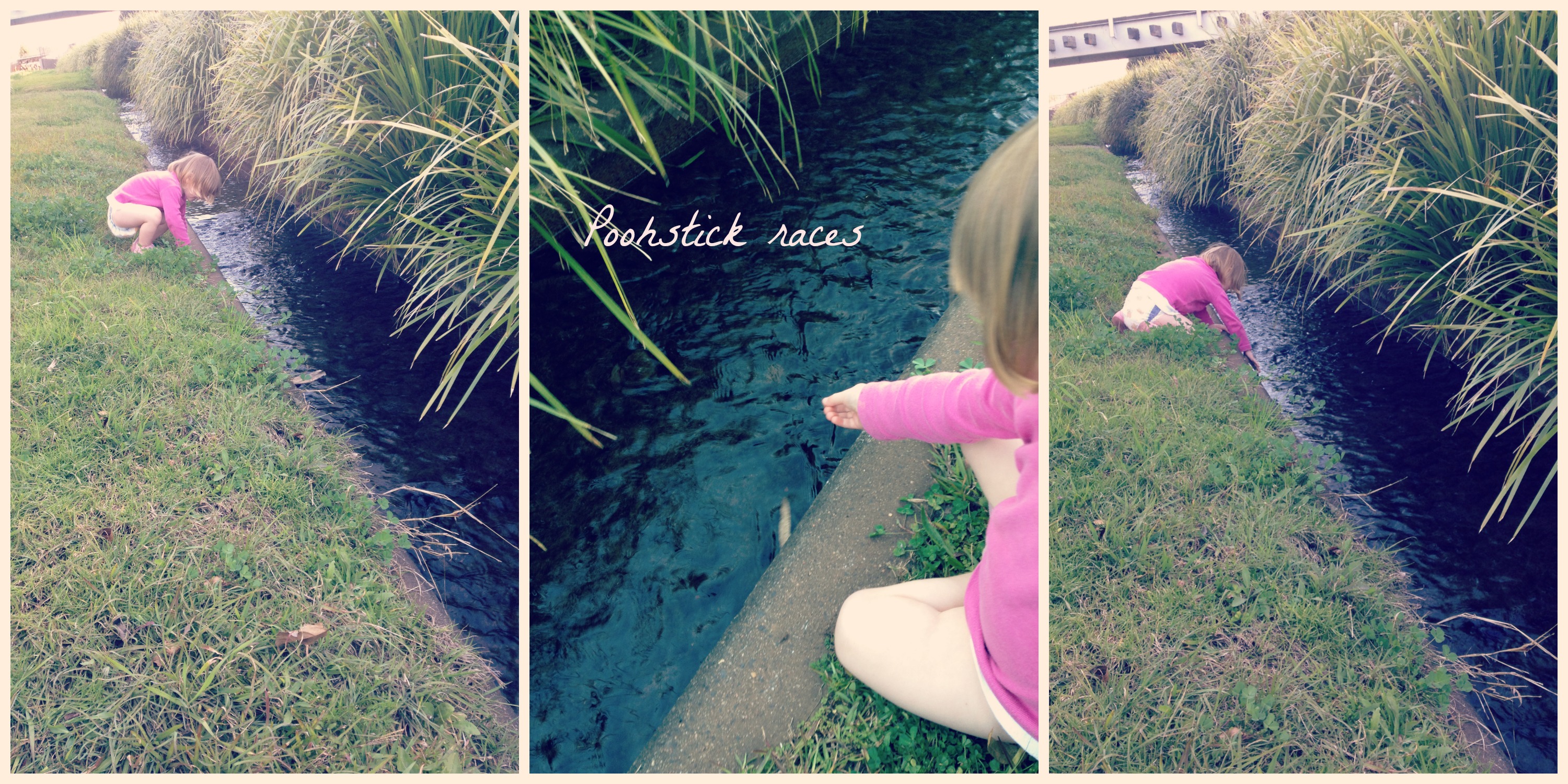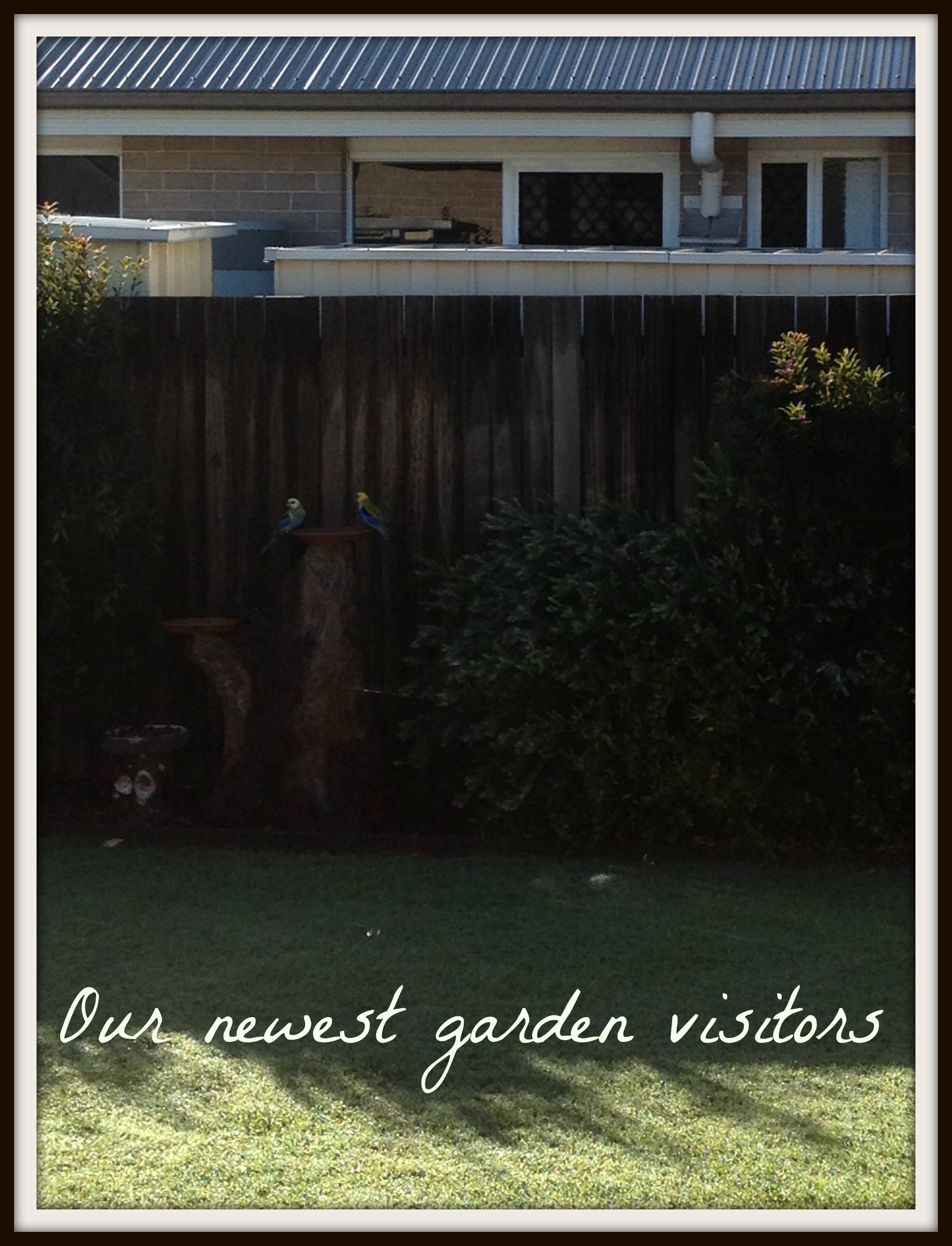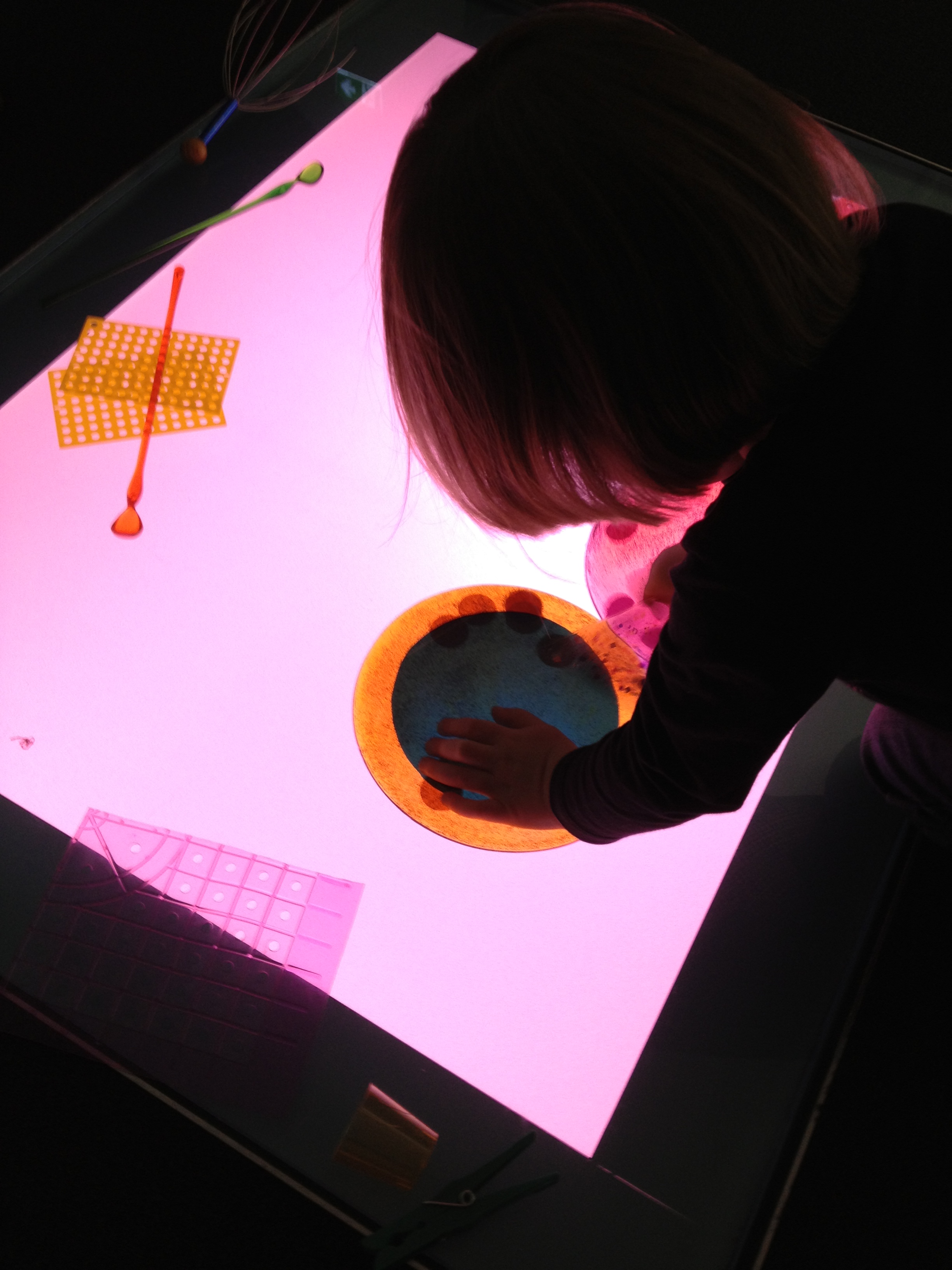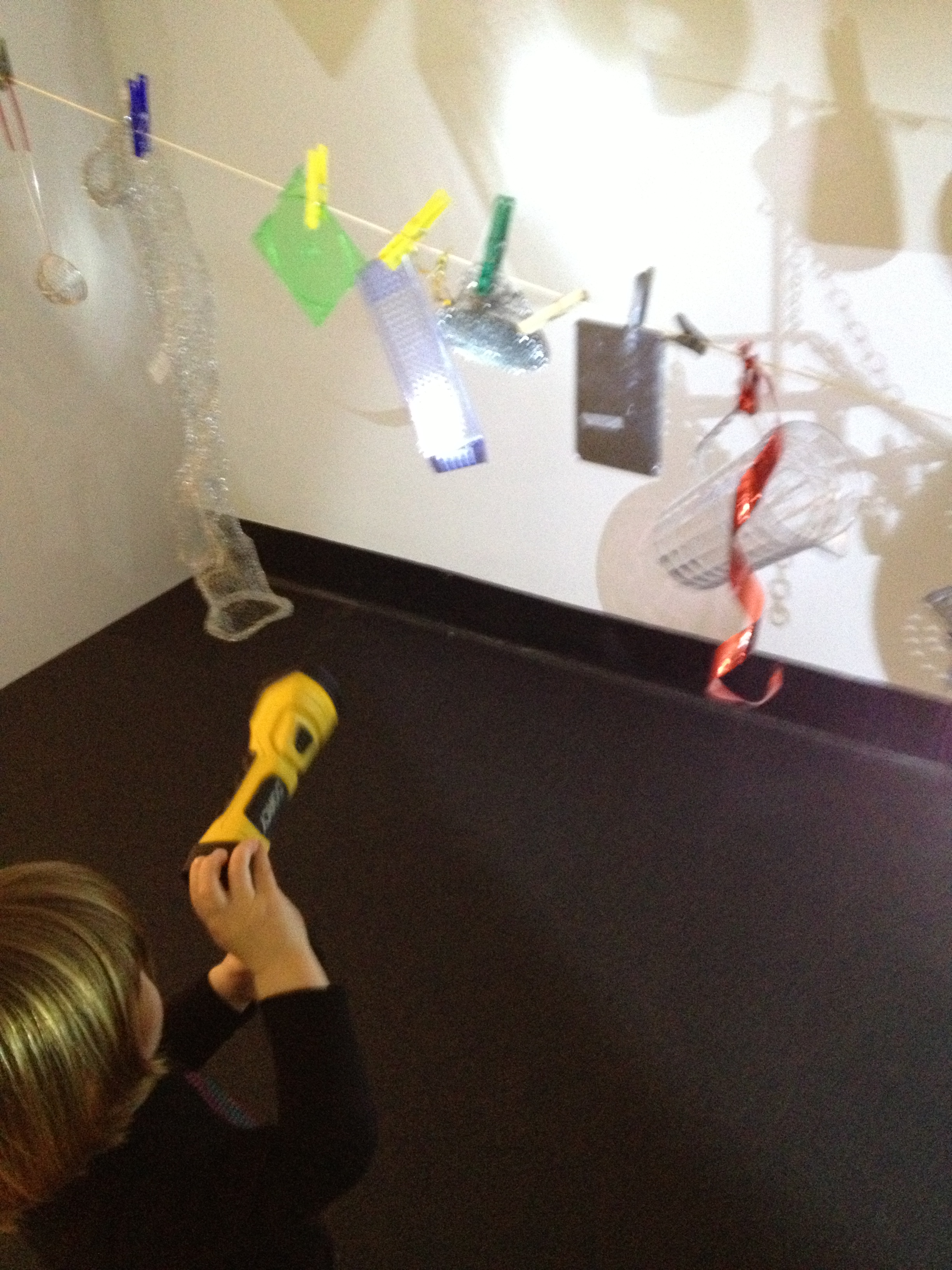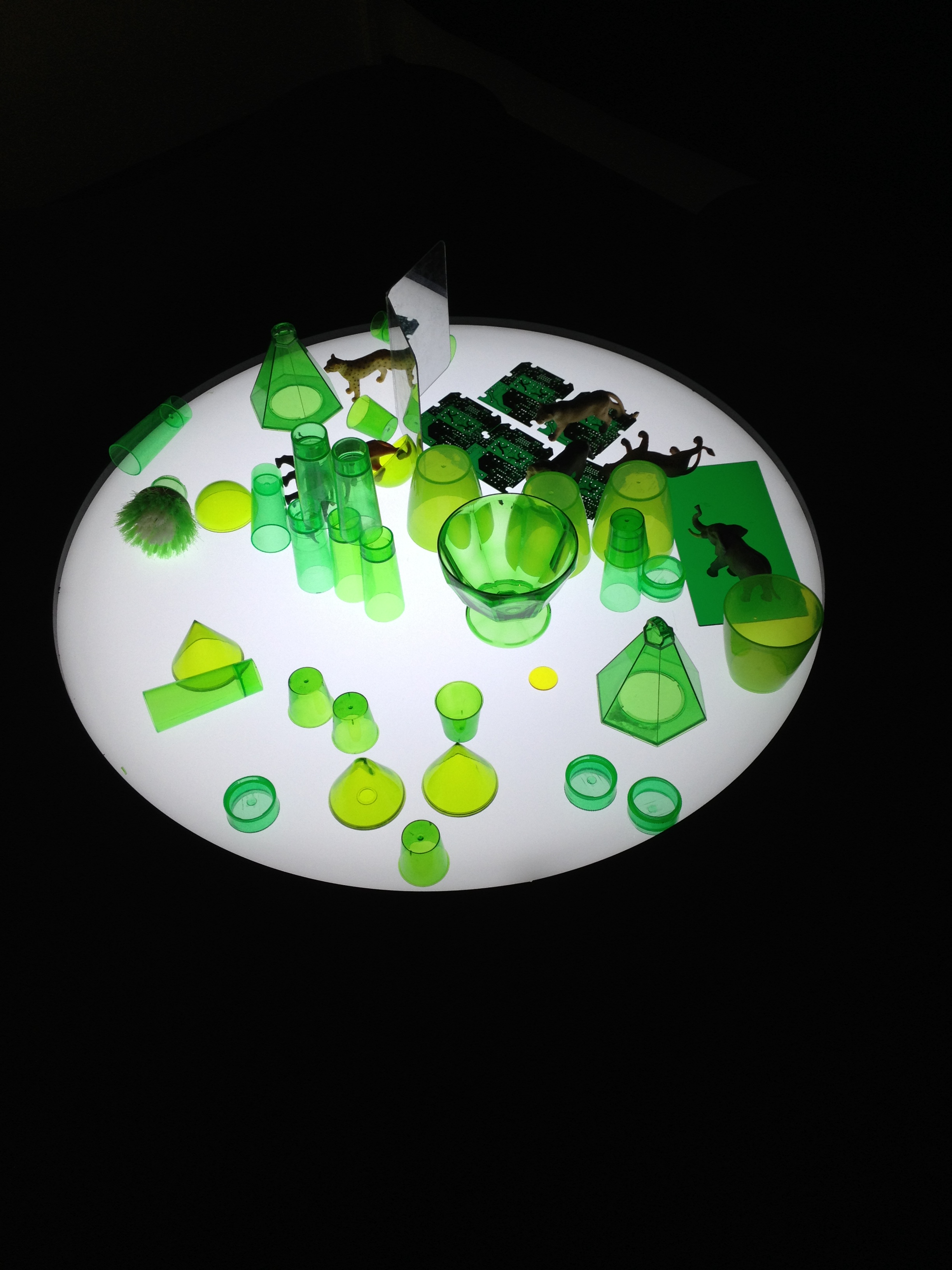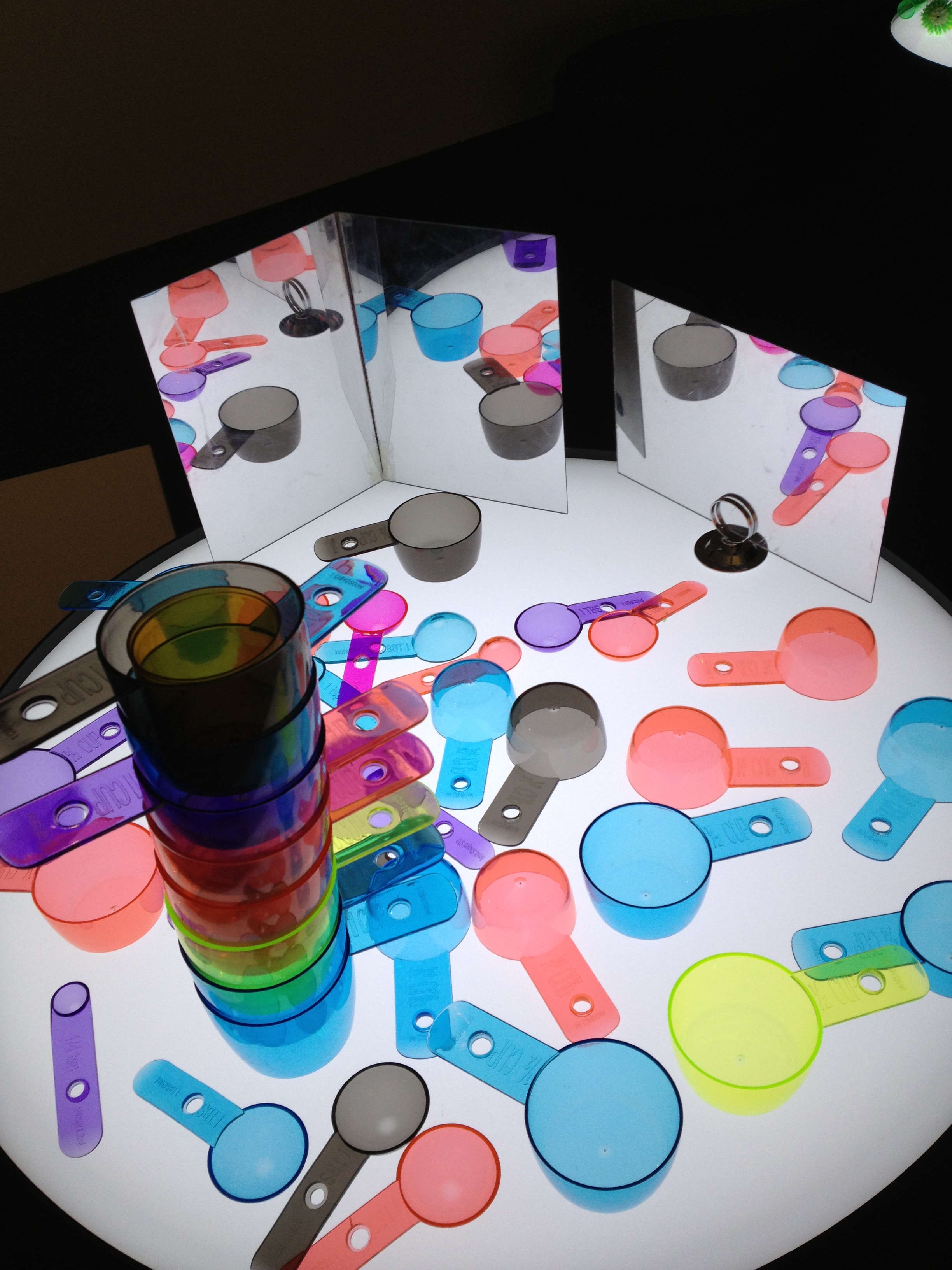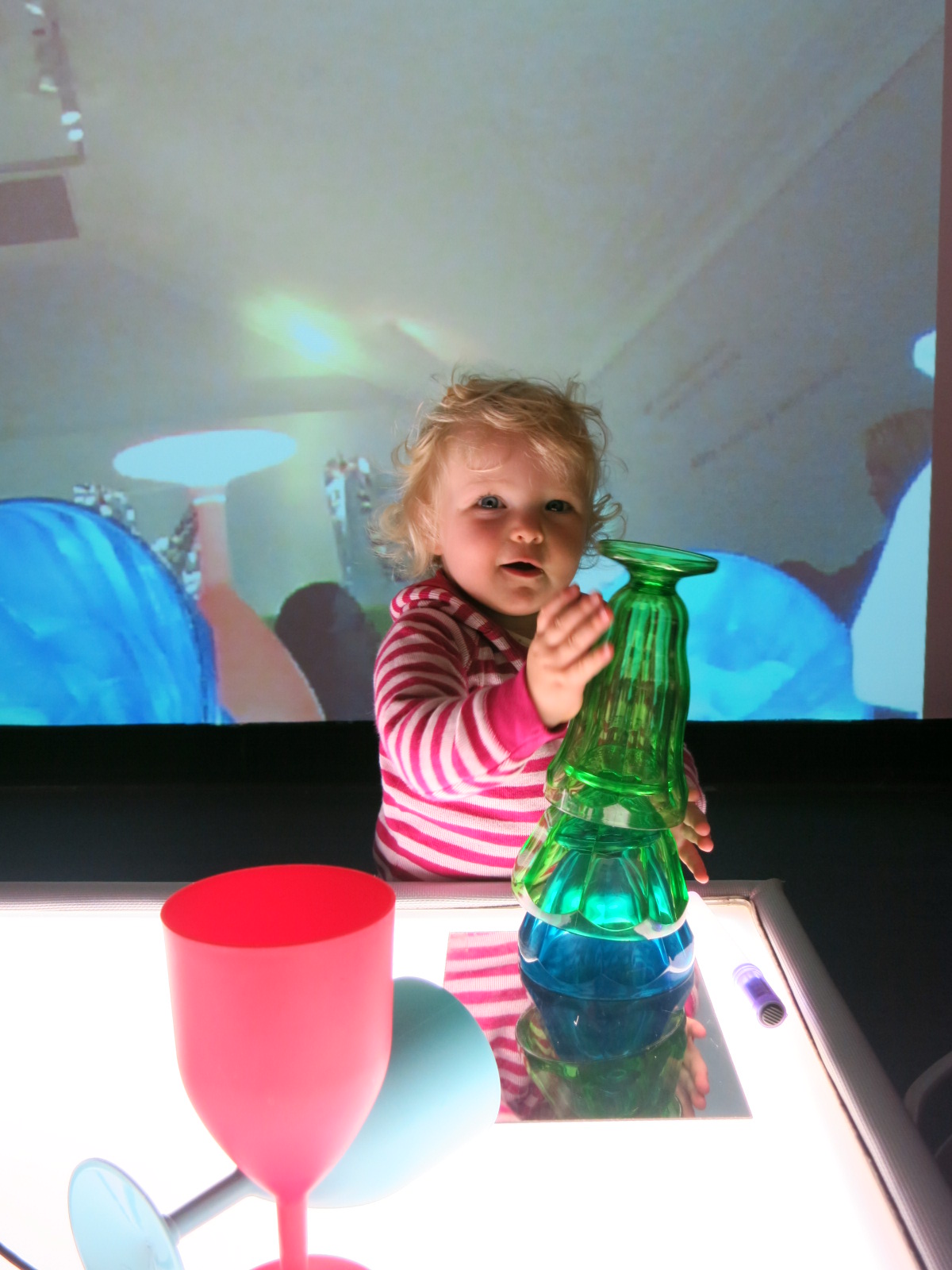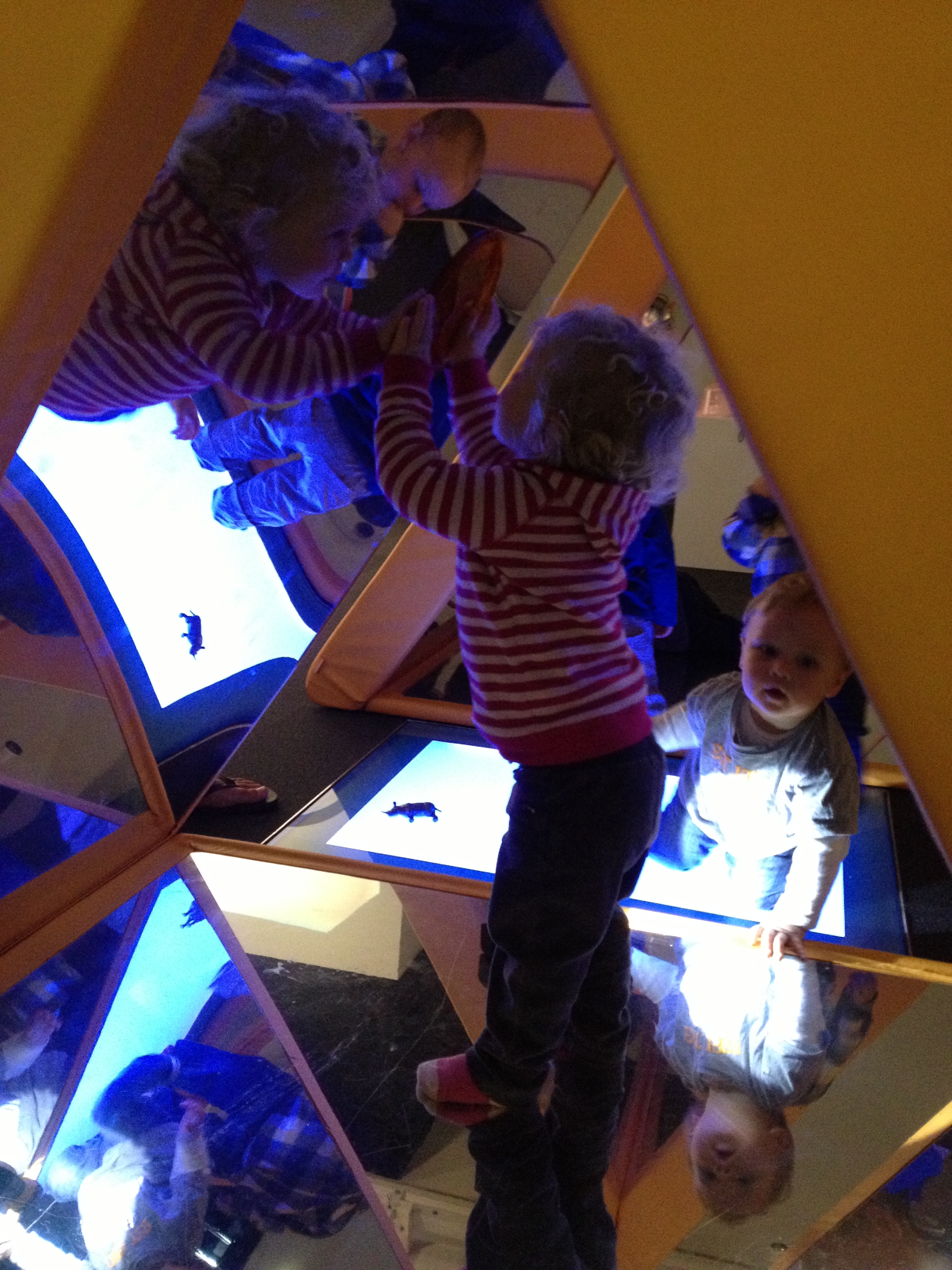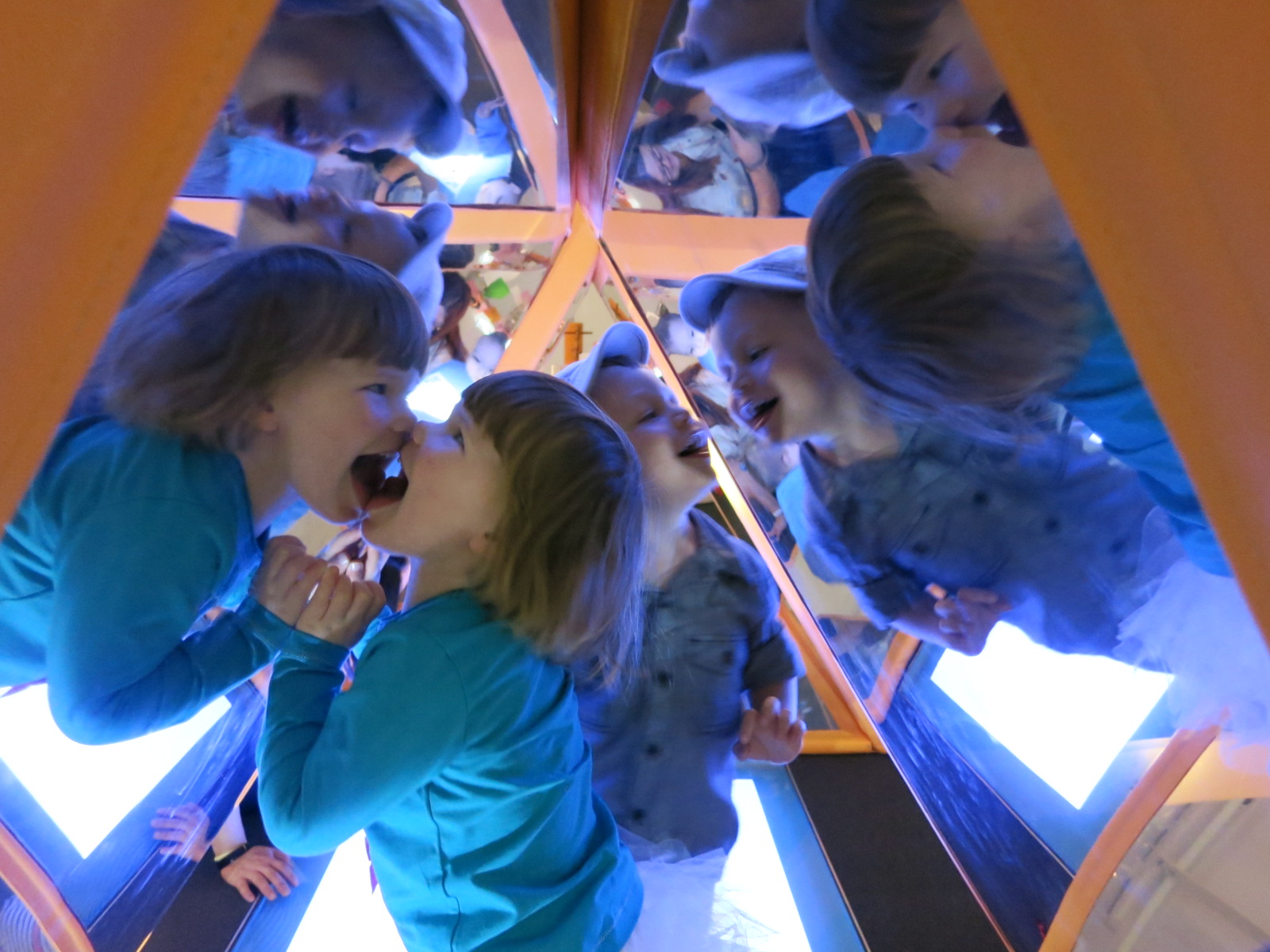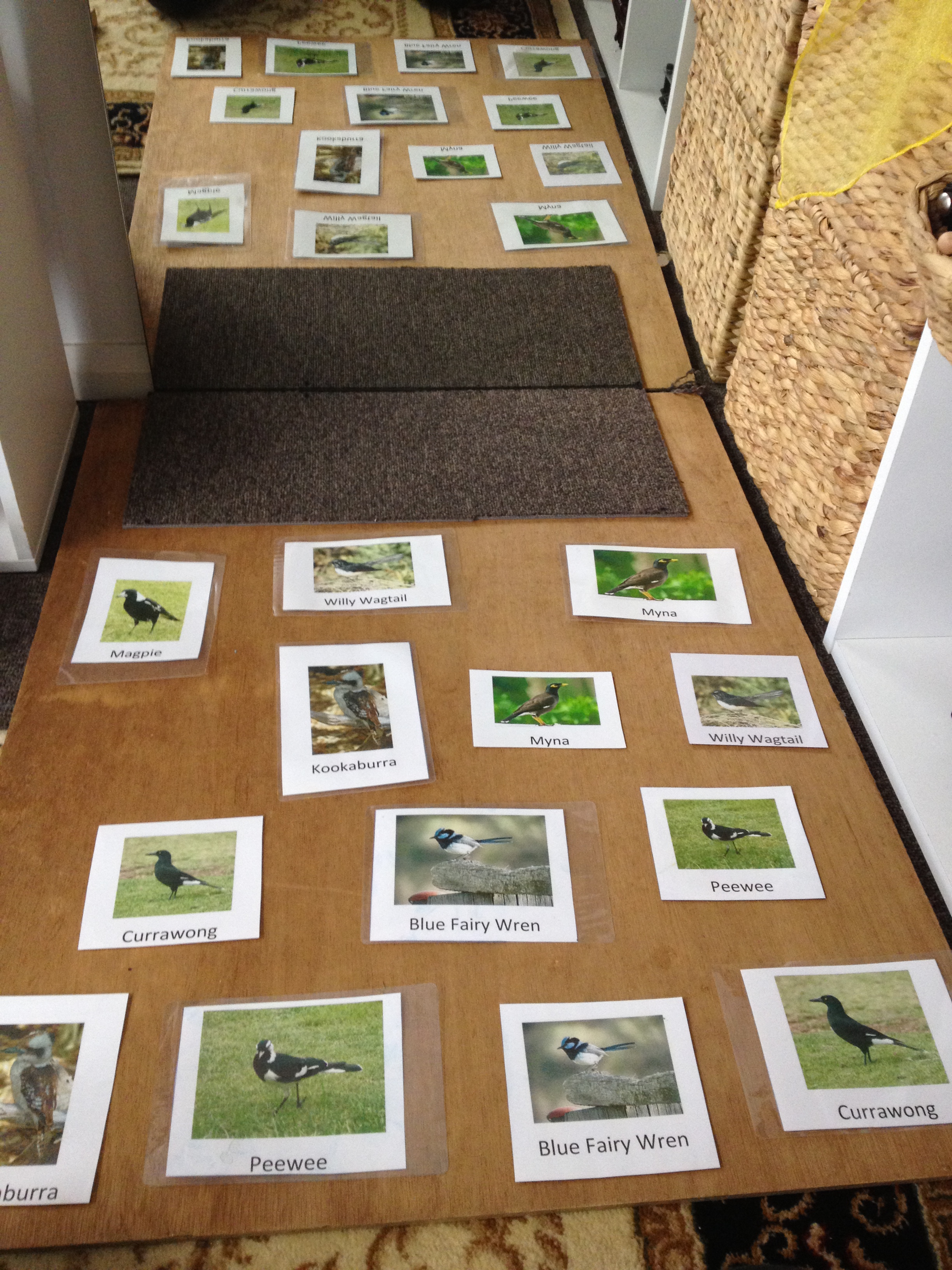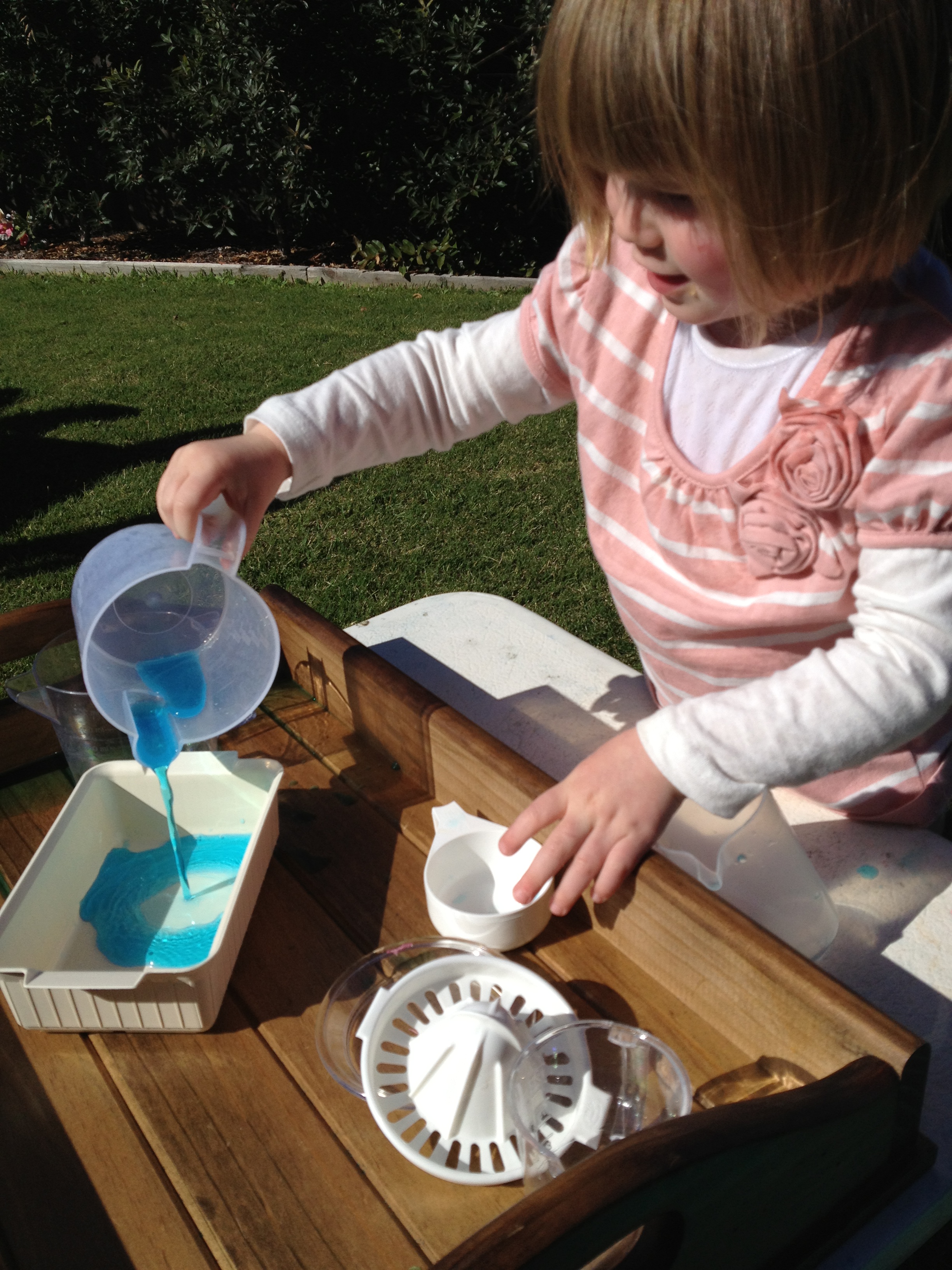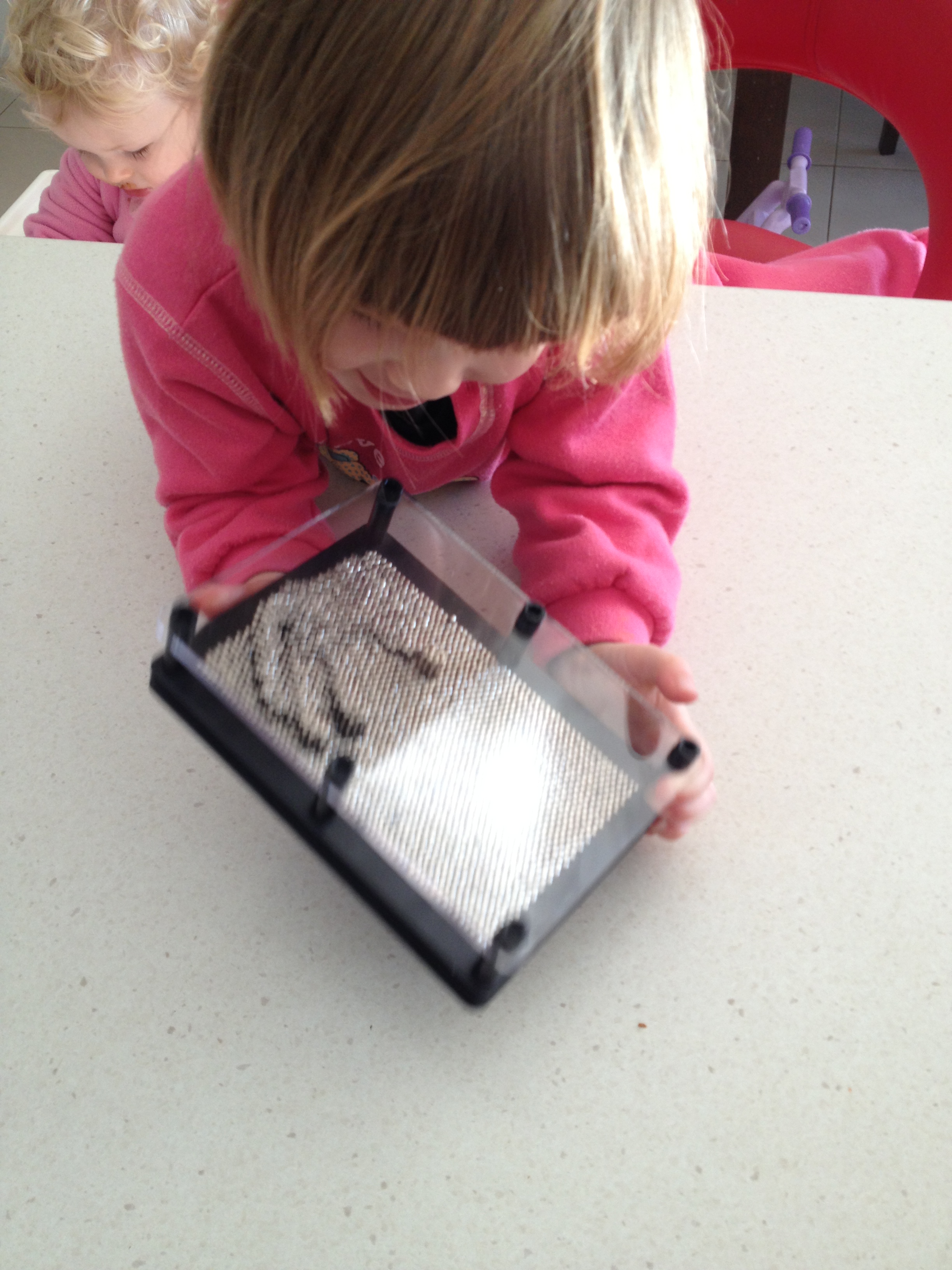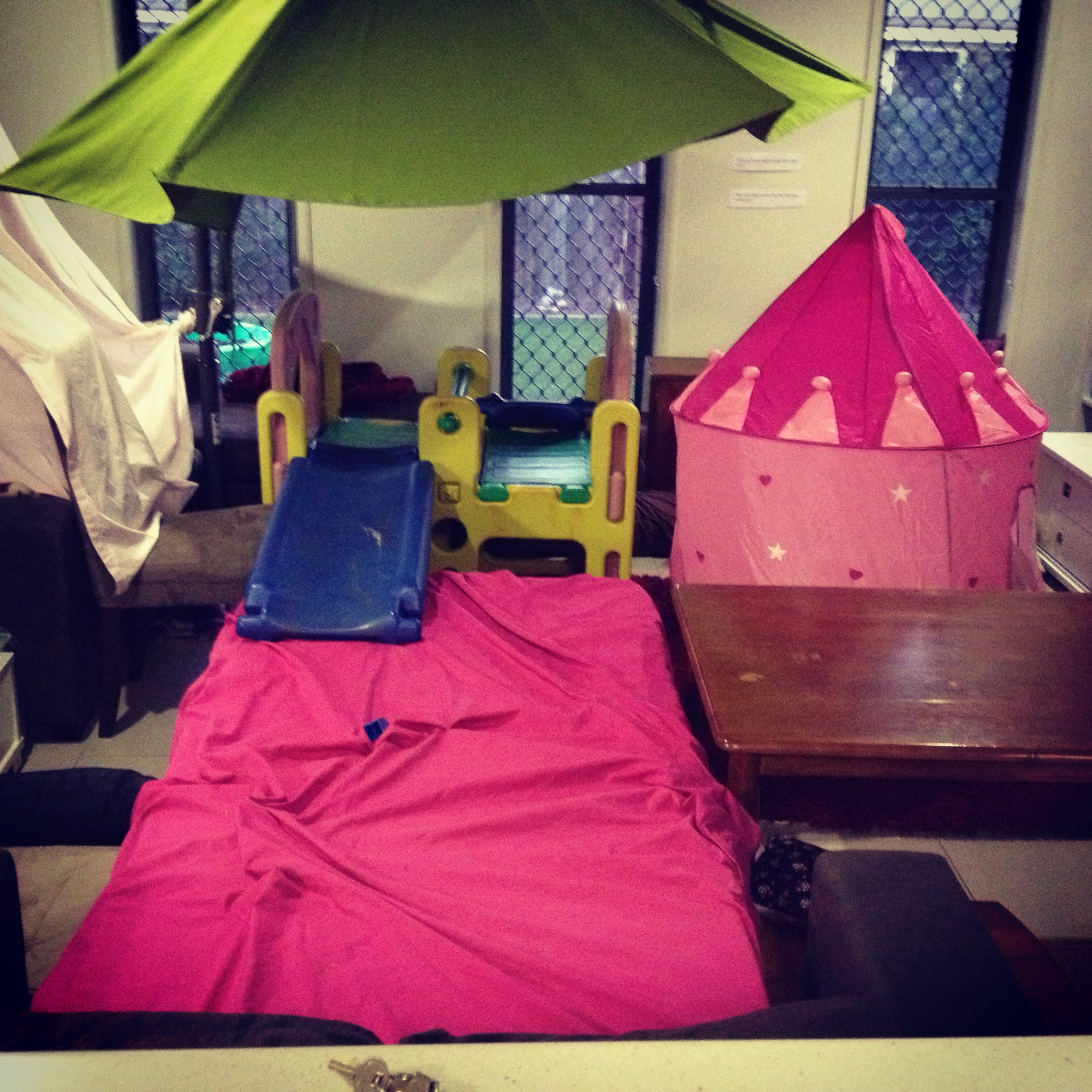A while back I posted a ‘play series’ which featured snippets of my girls playing with a variety of invitations as well as some naturally occurring play moments. I also featured a post explaining how I sometimes struggle to encourage my eldest daughter, Lucy, (2.5 years) to play independently and contentedly and how I hoped to use her own genuine interests to encourage more depth in her play.
I have since come to realise that I was perhaps setting up too many of these invitations / provocations and my children were coming to rely on having something different and interesting to explore on a daily basis. So I have recently got back to basics. I have not presented my children with a single provocation for nearly two months and instead have allowed them to engage and create with the lovely toys and objects we have around the house. It has been fascinating to watch them progress through these months. Initially, it was quite difficult for all of us. There was a lot of leg hugging and Lucy was far from independent in her play. It was like she had forgotten how to be happy just being. No stimulation or explorations to discover, it was all up to her how she occupied herself in her free time (which is most of the time). Gradually she has become more imaginative in her play and furthermore she seeks to include her younger sister more readily in her made up games which regularly include ‘going shopping for groceries’, playing shops (with imaginary customers) and making beds for all her little pot people and tucking them in to sleep. They still paint and craft but it has to be their idea not something I have provided for them to run with.
Now, whilst it was a successful break from offering engaging activities, I do still see value in using these invitations when I see an opportunity to extend an interest. As Lucy gets older I am seeing more and more inquiry coming into her vocabulary. Why do we have to sift the flour before we add it to the mixture? When will the leaves fall off the trees again? What do the kangaroos eat in the desert? etc. I love that she inquires about these things as it gives me a little insight into her mind. What she’s thinking about, where she’s at cognitively etc. It is from these inquisitions that I intend to set up opportunities for her to delve deeper and discover a little more about the concept. I am hoping it will allow her to develop the skills of research and experimentation to make her own conclusions rather than relying on me for the answers (some of which I don’t actually know)!
So recently we began participating in our local shopping centre promotion whereby they are giving away Australian Animal Collector Cards. We purchased the Collector’s Album for a token amount and have been busily adding the cards to it. It has been a fantastic project. Lucy has been exposed to numbers up to 100 as each card has a unique number and its own designated pocket identifiable by the number. Initially I was reading out the number and then turning to the correct pocket for Lucy to feed it in. Now, Lucy has begun matching the numbers herself once I have turned to the correct page. She gets rather upset if I try to show her where it goes. She’s even started to work out that all the cards that go together on the same page have the same coloured border around them and is having a go at finding the right page now as well.
The pages are categorised by habitats. There are rainforest animals, backyard animals, wetlands animals, reef animals, desert animals and quite a few others. Lucy was particularly interested in the desert animals. There was a Red Kangaroo card in this section and she has recently been to an animal sanctuary and fed kangaroos as well as many other beautiful Australian animals. She asked what a desert was and we flicked between pictures of a rainforest habitat and a desert one. She noticed the difference in colours between the vibrant green of the forest and the rusty red of the desert. She wondered what the kangaroos ate because there is very little vegetation. This was a really nice moment and overall I have been really impressed with the longevity of her interest in continuing to add cards to her folder every time I come home from a grocery shop.
I decided to extend her interest a little further and attempt to set up a mini habitat sensory pit representing a desert. I buried some of the desert animal cards in the pit for the girls to find and then left it to them.
I used a variety of pulses (dried mixed beans, dried peas, pearl barley and rice) most of which had been sitting in the pantry for years begging to be used. I wish I knew how!! Funnily enough, Lucy has enjoyed crunching on the dried kidney beans occasionally as she plays which is fine by me.
The girls loved pulling the cards out and finding out what animals were hiding out in their desert. After the pit had been up for a few days Lucy even started putting them back ‘underground’ when the sun was shining on the pit so they didn’t get burnt!
Of course it didn’t take long for the sensory nature of the pit to become the focus for the play as spoons, cups and even a little bit of water was added to the activity.
It has ended up being a lovely (on going) inquiry with much discovery about the desert habitat. When it loses its appeal, I will attempt to create a new habitat from the folder. I can’t wait to see how the girls react to it.
Has anyone else been collecting these cards? How have your children engaged with them?
You might also be interested in reading
Setting up a Reggio-inspired Activity From Kate @ An Everyday Story


